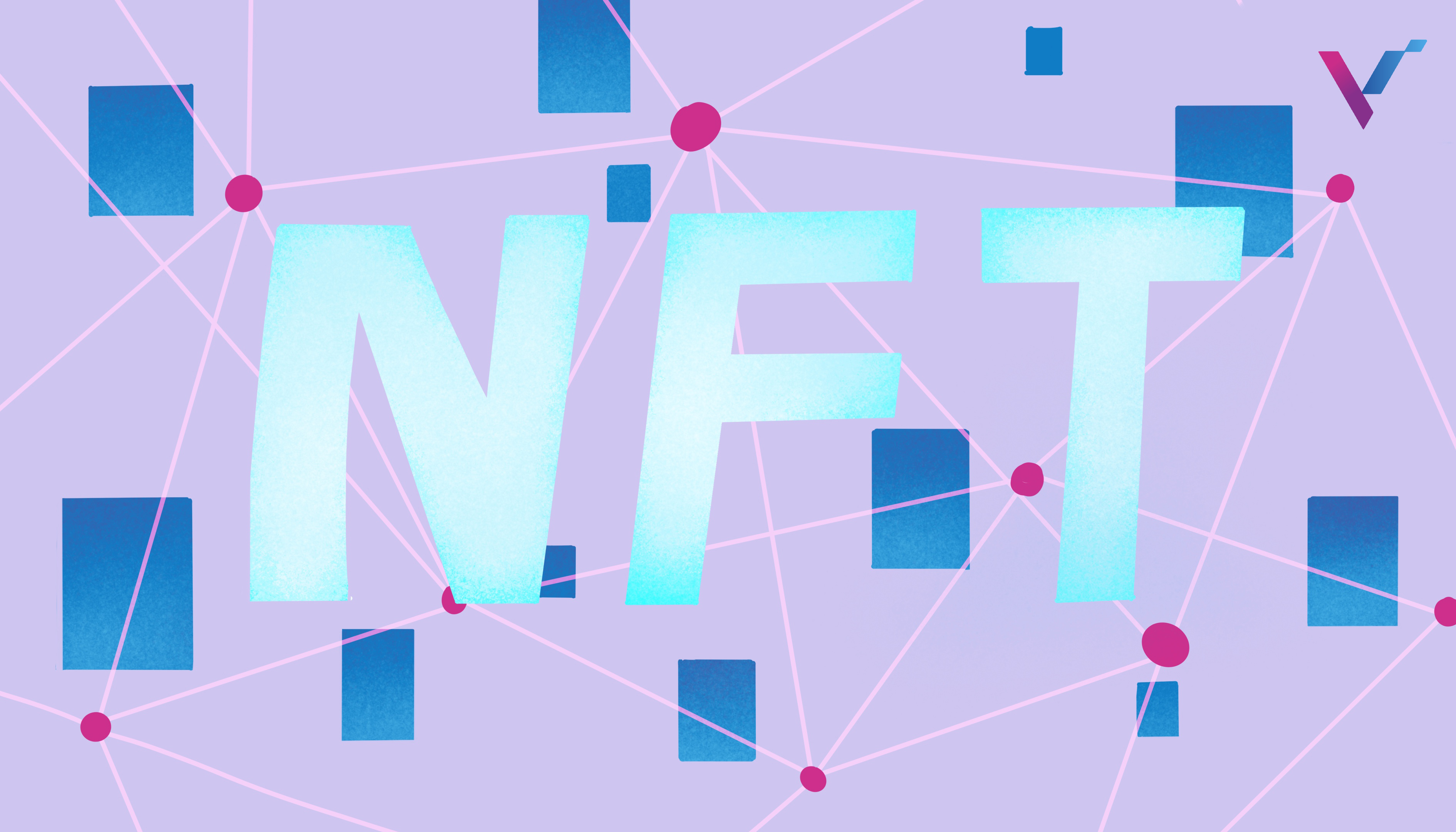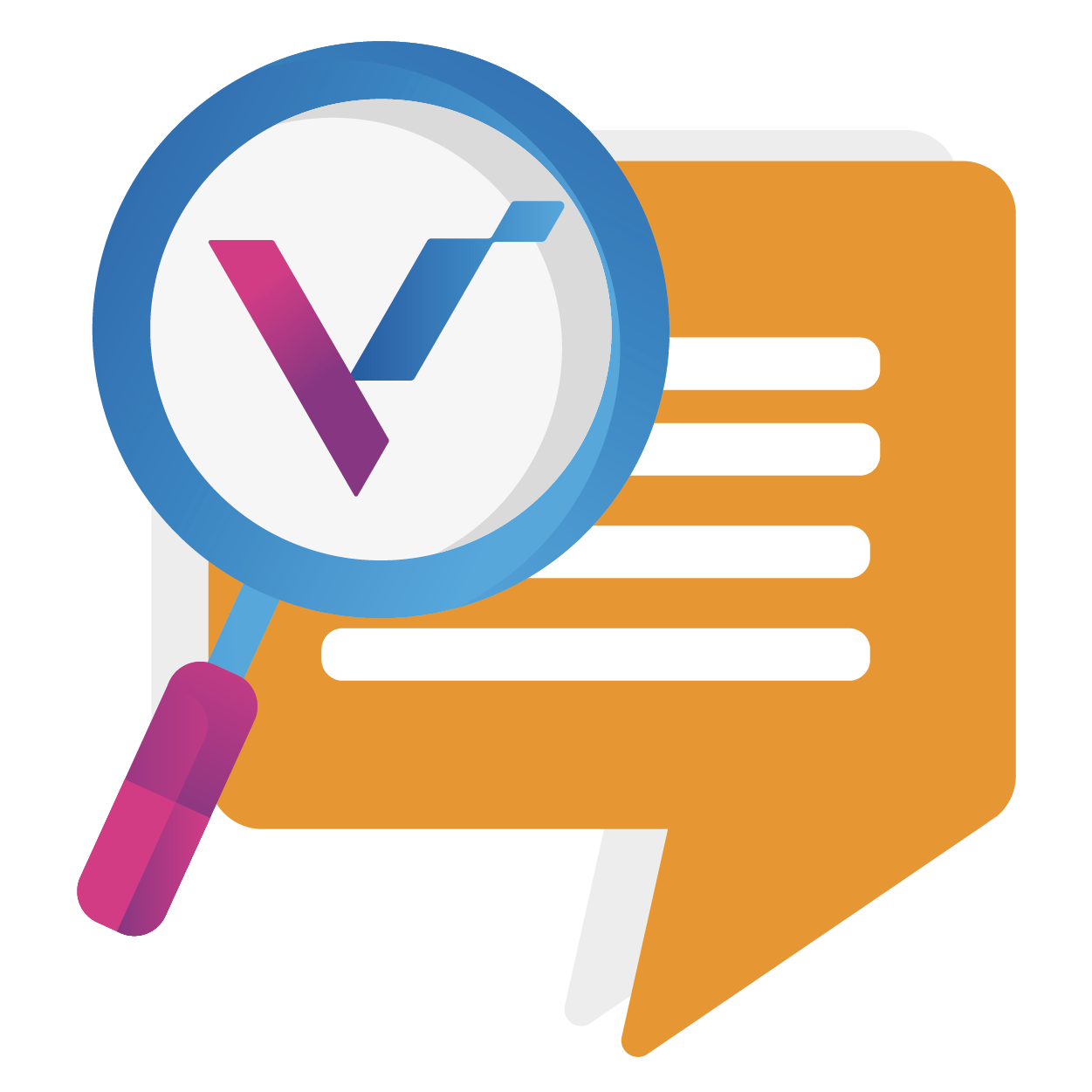What are NFTs and why you should care
28 Jan 2022

Apparently, a five-word tweet can be sold as high as $2.9 million. And a collection of your daily selfies can give you $1 million!
Okay, just hold your horses, and let us explain further. The above are just two of the most popular examples of how NFTs are making huge waves recently.
Just the past few days, you might have heard of the news about Meta (previously known as Facebook) working to join the bandwagon, or Twitter now on a testing phase for users to connect crypto wallets and use NFTs as profile pictures. And oh, Mastercard has recently announced a partnership with Coinbase to allow customers to buy NFTs the same way they pay for their shopping haul.
Essentially, NFTs have taken over the internet in recent months, leaving millions (perhaps including yourself) asking what NFTs are and how they can benefit from these tokens.
So we've broken everything you need to know about NFTs into a simple article.
What are NFTs
NFT stands for “Non-Fungible Token.”
When we say “fungible,” the nearest synonyms would be “exchangeable” or “replaceable.” For instance, money is considered fungible because we can readily swap it for something of the same worth, say a $100 bill to its equivalent in Singapore dollars.
Non-fungible is the opposite. This means it’s irreplaceable because it’s unique. For example, the original Starry Night painting by van Gogh is non-fungible, because even if you take a photo of it or come up with an imitation, you can’t replace the original one painted by van Gogh himself.
Likewise, land (or any real estate for that matter) is non-fungible as every property is different, e.g., location, size, prestige, and topography.
Tokens, meanwhile, are representations, e.g., a plaque or gift as a token of appreciation to someone, or your identification card as a token to prove your identity.
So when we say non-fungible tokens, we actually refer to assets that we can use to prove exclusive ownership of something that’s considered “one of a kind.”
Ergo, you can perhaps understand why a simple “just setting up my twttr” tweet from Twitter’s CEO Jack Dorsey sold for quite a lot of money. Yes, it’s non-fungible as it’s considered an “autographed” asset that cannot be replaced. Plus, it’s Dorsey!
Still isn’t too clear on NFTs? Don’t worry, we’ll give you an overview of how they work.
How do NFTs work
While NFTs are frequently purchased and traded with cryptocurrencies, they are not cryptocurrencies.
Cryptocurrencies, like currencies, are fungible. When you exchange one bitcoin for another, you get the same value. Because NFTs are one-of-a-kind, they have no other worth than what the market is willing to pay for them.
The Bored Ape Yacht Club, for one, only cost around $190 when it was first released in April last year. Now, it would cost you at least $267,000 to buy one ape avatar.
And again, in the case of Dorsey, people are willing to pay millions for his tweet. Or in the case of Ghozali whose daily selfies from 2017 to 2021 actually enticed people to pay a million dollars.
Perhaps the easiest way for you to understand how NFTs work is by imagining yourself as an artist. Your artwork can be “minted” on a marketplace for NFTs, such as OpenSea and Foundation.
By minting, we mean creating a smart contract (which will list your name as the creator to ensure you get royalties when somebody purchases your work). But this contract will be stored on the blockchain – a decentralised place where data is kept securely.
But what do you get from NFTs?
Why people buy NFTs
You might be wondering why anyone would even buy an NFT. Well, these are the main reasons.
Uniqueness
There's nothing like a sense of uniqueness to ignite someone's curiosity in a certain item. Because NFTs can only have one owner, they create a strong sense of scarcity. This drives potential purchasers to get fixated on a certain item, fearful that someone else will be the sole owner of an NFT they like.
Imagine seeing the pair of sneakers you dream of having, but there’s this sign that says 'only one pair remaining.' Typically, this kind of message heightens your sense of scarcity and motivates you to make the buy right there and then – fearful that somebody else might beat you to owning it.
Because an NFT may only have one owner at a time, purchasing one grants you exclusive ownership of a certain digital asset. This does not, however, mean that you have sole authority over who sees or shares that particular work of art.
Take, for instance, the most expensive NFT ever sold, Beeple's Everydays: The First 5000 Days, a 5,000-piece digital collage created by Mike Winkelmann.
This image has been copied, shared, and viewed by millions of people all around the world, despite it being owned by someone and that's perfectly acceptable!
Purchasing an NFT is just like purchasing an autographed print. The NFT is only signed to you, but anybody may look at it.
Collectability
NFTs are essentially trading cards for the super-rich, similar to how kids exchange baseball cards. While these cards have no inherent value other than what the market deems them, their fluctuating value makes their collectability and trading potential a high-risk gamble. As a result, comparing NFTs and the art market is straightforward.
But unlike the art market, NFTs provide creators greater control over their work because they no longer need to rely on galleries or auction houses to sell their work. Artists may sell their artworks directly to purchasers, thereby allowing them to create connections and granting previous buyers priority to buy new artworks before the public.
Utility
NFTs also provide more than ‘bragging rights’ for owning a ‘valuable’ asset. In the case of what we call utility NFTs, the value goes beyond their supposed exclusivity.
For example, holding a token may grant you access to unique experiences, early access to items, membership to members-only virtual and real-world events, or dividends. And because this business is still in its early phases, the opportunities that come with owning an NFT are limitless.
What the future looks like for NFTs
NFTs are interesting because they may be sold without the use of a third-party or middleman, in addition to the obvious permanent ownership factor. You can sell or auction the NFT on an internet marketplace or simply transfer it to a different wallet of your choice.
Ultimately, the excitement around NFTs originates from blockchain's ability to change a variety of industries, from artwork to website names to real items. However, most applications now still concentrate on the digital collectable component since the technology is still new.
There are no concrete solutions for the issues related to NFTs. Either NFTs are incompatible with present applications such as digital art, or the industry needs fresh innovation to address the technology's shortcomings.
Whatever perspective you choose, it's evident that the blockchain technology used by NFTs will become part of our future.
Learn more about NFTs and digital assets. Join us for a FREE two-hour masterclass about the metaverse.
DISCLAIMER
This article and its contents are provided for information purposes only and do not constitute a recommendation to purchase or sell securities of any of the companies or investments herein described. It is not intended to amount to financial advice on which you should rely.
No representations, warranties, or guarantees, whether expressed or implied, made to the contents in the article is accurate, complete, or up-to-date. Past performance is not indicative nor a guarantee of future returns.
We, 8VI Global Pte Ltd, disclaim any responsibility for any liability, loss, or risk or otherwise, which is incurred as a consequence, directly or indirectly, from the use and application of any of the contents of the article.
